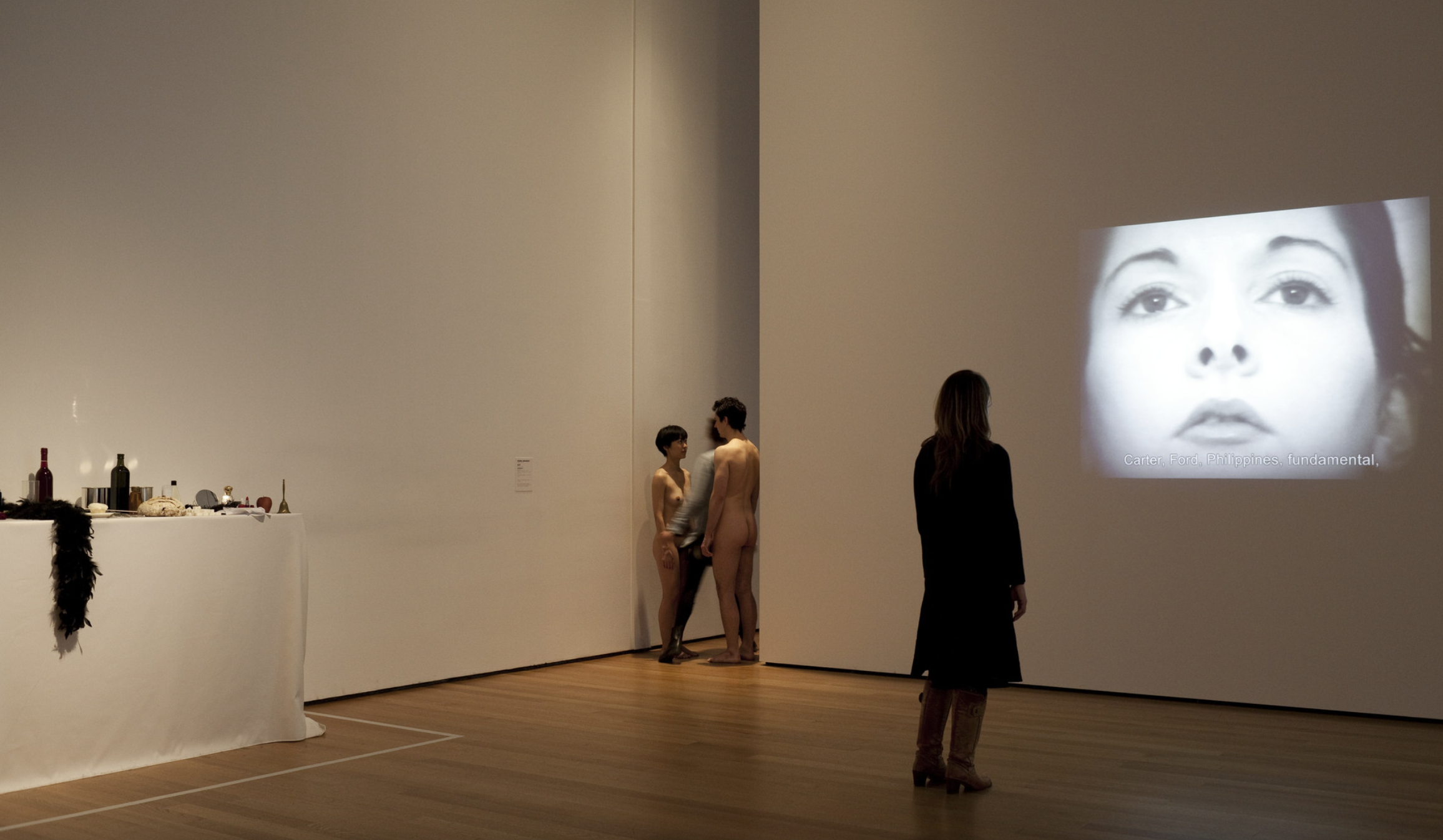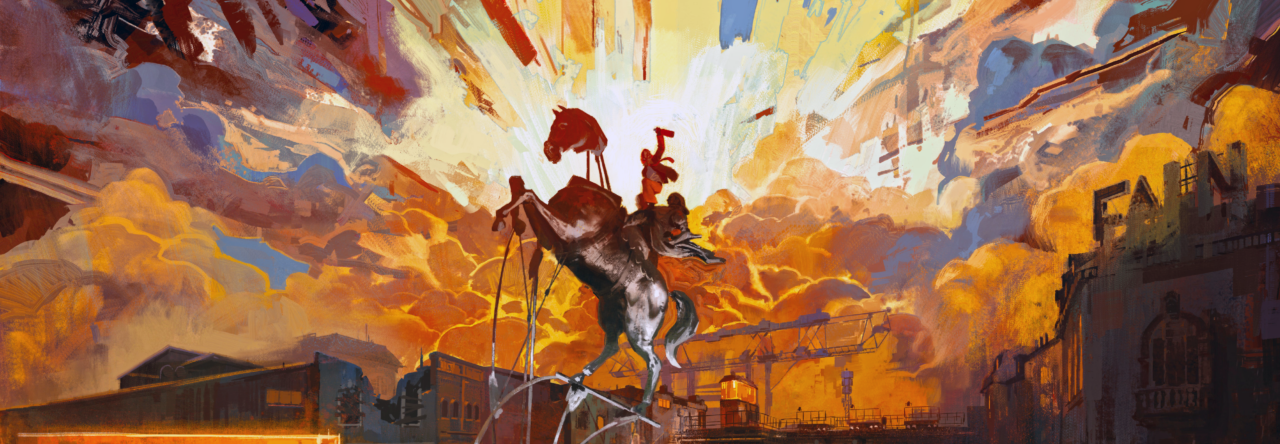About Knowledge
This week’s class focused on further refining our curatorial directions. The lecturer emphasized that it was not necessary to finalize our projects immediately, but rather to express our current state of thinking and identify existing problems and gaps. During the lecture, particular attention was given to the potential ethical issues that may arise when participatory or relational curatorial practices involve vulnerable communities. We were encouraged to think critically about the nature of interaction, the design of spaces, and the psychological changes participants might experience in different situations. Claire Bishop’s article Antagonism and Relational Aesthetics was recommended as an important reference for understanding the tensions between artistic intention and real-world interactions.
About the Discussion
During the discussion, I noticed that many classmates, including myself, are still in the exploratory stage of developing our curatorial projects. Yiran Gu proposed a project focused on the West District of Edinburgh, which I found interesting, as it overlaps with some of the core concerns in my own project. However, I also noticed a potential flaw in his plan: by organizing visits to homeless shelters, the original sense of “danger” might be neutralized. The psychological experience of entering alone is completely different from entering as part of an organized group. As Lefebvre points out, space is practiced through bodily experience, and different modes of entry shape distinct perceptions and emotions (Lefebvre 1991). Adam also raised potential ethical issues, suggesting that the project could cause emotional distress for the homeless community. Both of these points made me reconsider similar challenges that might arise in my own curatorial plan. Sarah suggested that I refer to Marina Abramović’s projects, while Adam recommended I learn about Gregor Schneider. Based on my initial understanding, Abramović tends to create provocative situations, while Schneider focuses more on the construction of the space itself. Perhaps I could try to combine both approaches, which would also align with some of the ideas I formed during Week 1.

The Artist Is Present, Marina Abramović(2010)
About My Project
This week’s discussion on experimental spaces and the relationship with audience psychology provided me with new insights. My current curatorial idea is to design a small room that can only accommodate two people, with a set locking time. People nearby would be invited to bring strangers into the room, where free drinks would be provided. Each participant would be informed that there are individuals nearby with histories of violent crimes, who have already served their sentences, and their crime summaries would be displayed in the exhibition area. In other words, the strangers participants invite could potentially include these ex-offenders.
Through this setup, I hope to construct an experimental space that oscillates between trust and unease, encouraging participants to reflect on issues of social acceptance, violent crime, and the criminal justice system within a highly intimate yet psychologically tense environment. This design attempts to respond to the class discussion about how spatial environments impact psychological states, and reminds me that I must pay special attention to how the exhibition setting influences audience emotions and reactions.
At present, I am not entirely certain whether this project fully meets the final assessment requirements. However, to make the curatorial plan more specific, I can start with the following research:
1. How can I find ex-offenders willing to participate? How can I convince them?
2. What legal risks might be involved? Are there any ethical concerns?
3. How should the small room mechanism be designed? Is the incentive to enter sufficient? Can the scene be effectively visualized?
—–
References (Chicago Author-Date style)
-
Lefebvre, Henri. 1991. The Production of Space. Translated by Donald Nicholson-Smith. Oxford: Blackwell.
-
Schneider, Gregor. 2001. Totes Haus u r (Dead House u r). Exhibition, German Pavilion, 49th Venice Biennale.
-
Abramović, Marina. 2010. The Artist Is Present. Exhibition, Museum of Modern Art, New York.



Leave a Reply